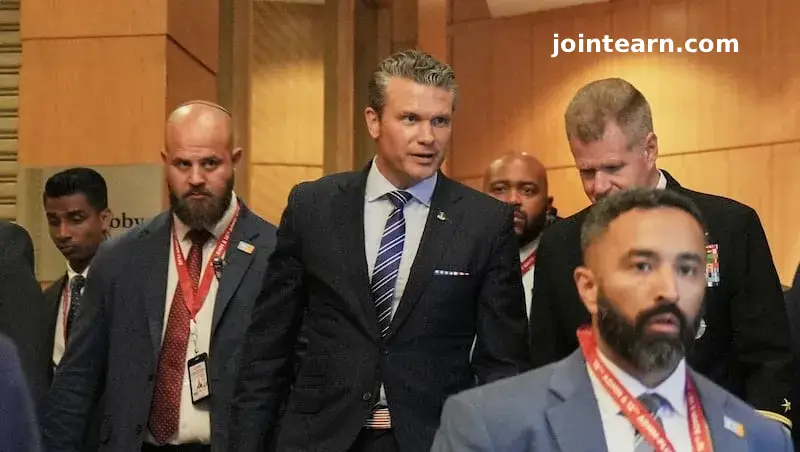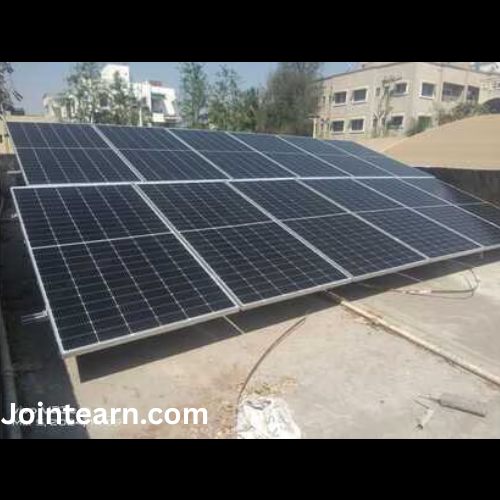
New Delhi, India / Kuala Lumpur, Malaysia – U.S. Defense Secretary Pete Hegseth engaged in high-level discussions with officials from China and India on Friday during the ASEAN Defense Ministers’ Meeting in Kuala Lumpur. The meetings underscored the United States’ commitment to maintaining a stable Indo-Pacific region and strengthening defense partnerships with key Asian nations.
Meeting with China: Balancing Power in the Indo-Pacific
Hegseth met with Chinese National Defense Minister Adm. Dong Jun, describing the encounter as “good and constructive.” During the talks, he highlighted the importance of maintaining a balance of power in the Indo-Pacific and expressed U.S. concerns over China’s growing activities in the South China Sea, around Taiwan, and in the broader region concerning U.S. allies and partners.
“The U.S. isn’t seeking conflict but will stoutly defend its interests and ensure it has the capabilities to do so in the region,” Hegseth said in a post on X.
The discussions aimed to foster open dialogue between the two nations, addressing maritime security, regional stability, and ongoing tensions in key strategic zones.
Strengthening U.S.-India Defense Ties
In a separate meeting, Hegseth met with Indian Defense Minister Rajnath Singh to sign a 10-year defense framework between the U.S. and India. This long-term agreement is intended to strengthen bilateral defense coordination, intelligence sharing, and technological cooperation.
Singh hailed the meeting as a “fruitful engagement” and emphasized that defense ties remain a major pillar of U.S.-India relations. He said the partnership is vital for ensuring a free, open, and rules-based Indo-Pacific.
“This framework signals our growing strategic convergence and will herald a new decade of partnership,” Singh said.
The agreement marks the first meeting between Hegseth and Singh since the imposition of a 50% U.S. tariff on Indian exports during the Trump administration, aimed at curbing India’s purchase of Russian oil.
Broader Diplomatic Context
While progress with China on trade has been notable, a comprehensive U.S.-India trade deal remains unresolved. During his Asia trip, former President Trump also met with Chinese President Xi Jinping, agreeing to reduce fentanyl tariffs on China from 20% to 10% and allowing the export of rare earth minerals and American soybeans, along with discussions on ending the war in Ukraine.
Hegseth’s engagements reflect a broader U.S. strategy in Asia: balancing deterrence and diplomacy, deepening partnerships with regional allies, and addressing security challenges posed by China’s growing assertiveness.


Leave a Reply